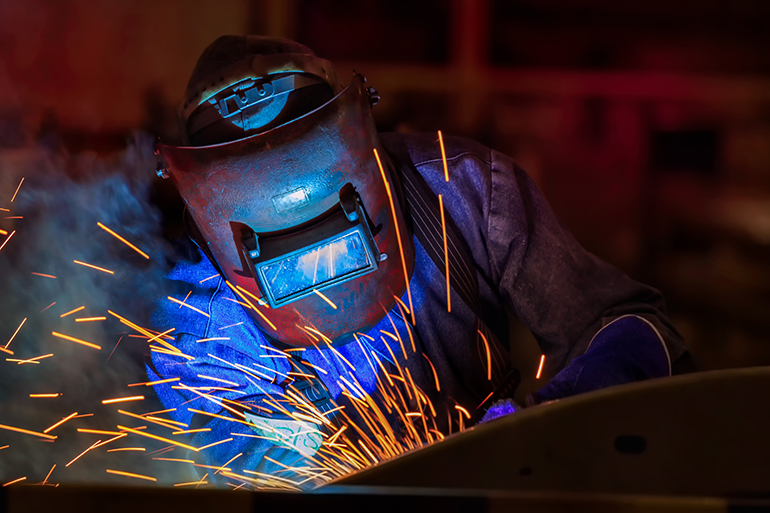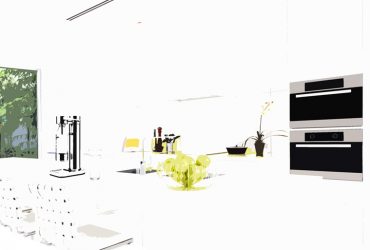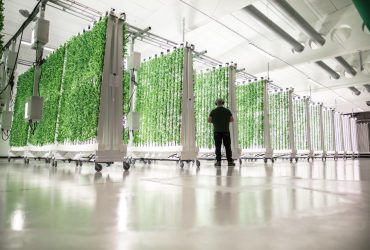
Is it possible to reduce spatter from CO2 welding?
Do you have problem with spatter? This might help you.
Question: Is it possible to reduce spatter from CO2 welding by using another type of gas? I use a gas mixture.
Answer: I assume that you are welding with black steel and using an 82/18 gas. (82% argon and 18% CO2). When welding in pure steel you will be able to achieve significantly less spatter by using a less oxidisable gas, e.g. MISON 8, which contains just 8% CO2 and 92% argon. MISON 8 is one of the ‘working environment gases’, so the ozone produced by the electrical arc is also reduced. This significantly reduces the risk of the welder inhaling the harmful ozone.
All things considered, it’s the active gas (CO2) that creates the spatter. You will also achieve an increased welding speed of approx. 10%. Since it is the active CO2 gas that also produces penetration, you should set a fairly short electrical arc (it should sound like eggs being fried) for this type of shielding gas. The more CO2 a gas contains, the better it is for “burning” rust, oxide scales, paint, Tectyl, primer and whatever else can be poured onto the plates that can cause porosity in the weld. Other factors that can help reduce spattering during welding include: correct wire speed-to-voltage ratio, possible inductance, a good contact nozzle, clean wire liners and wire wheels, and a good return connection via the ground terminal. I hope that you’ll experience a better result!
By: Per Bengtsson
Photo: Shutterstock



